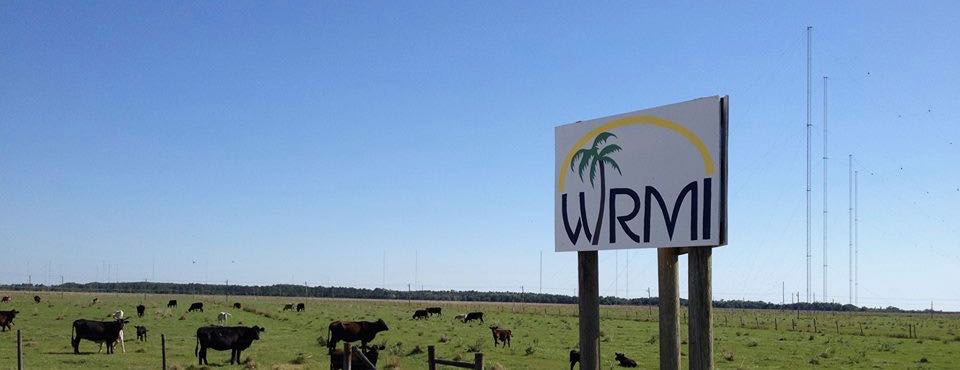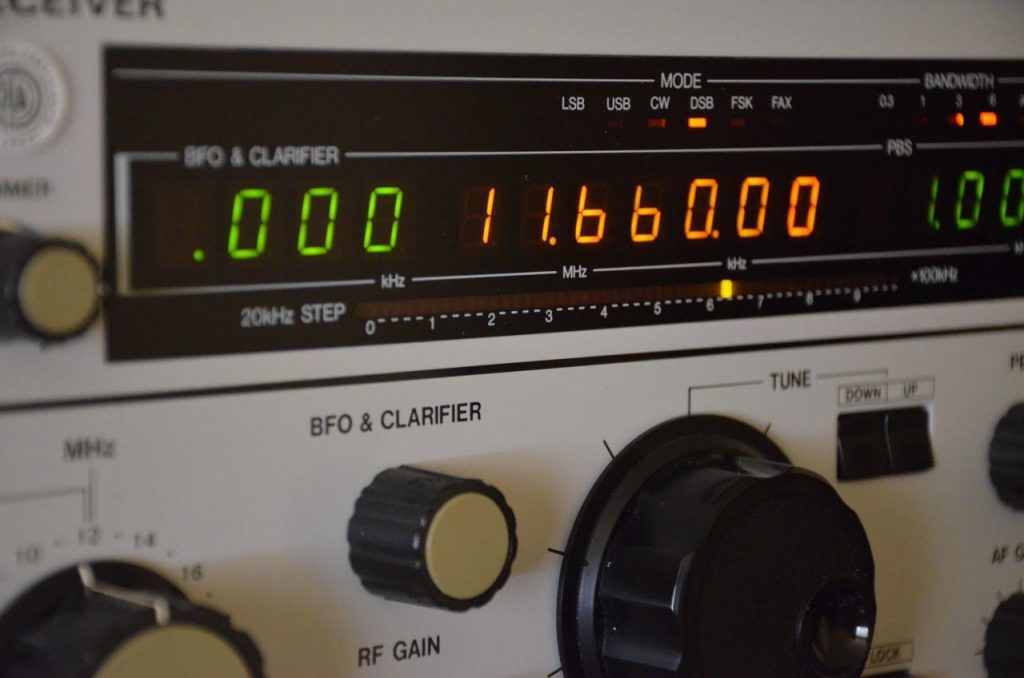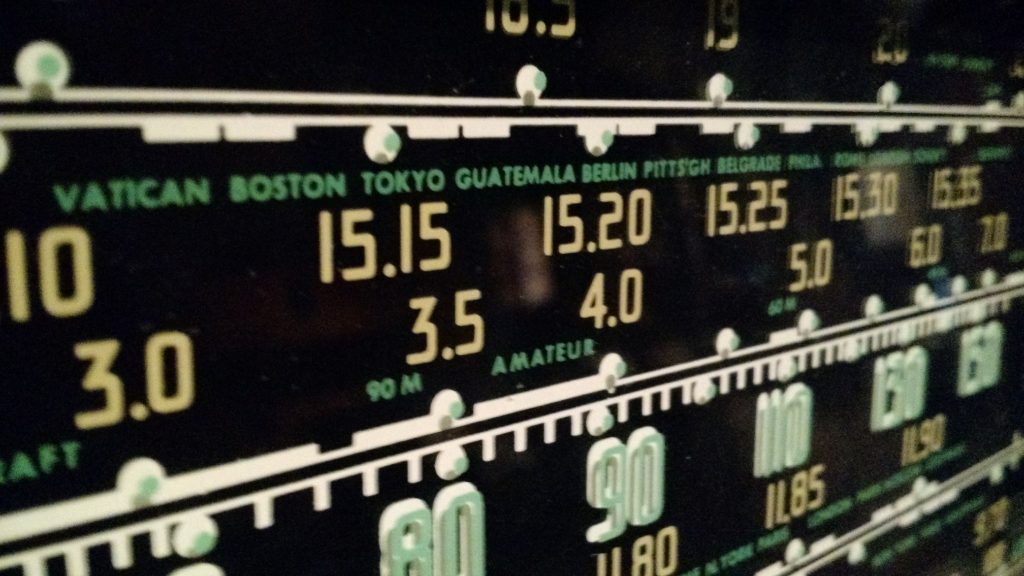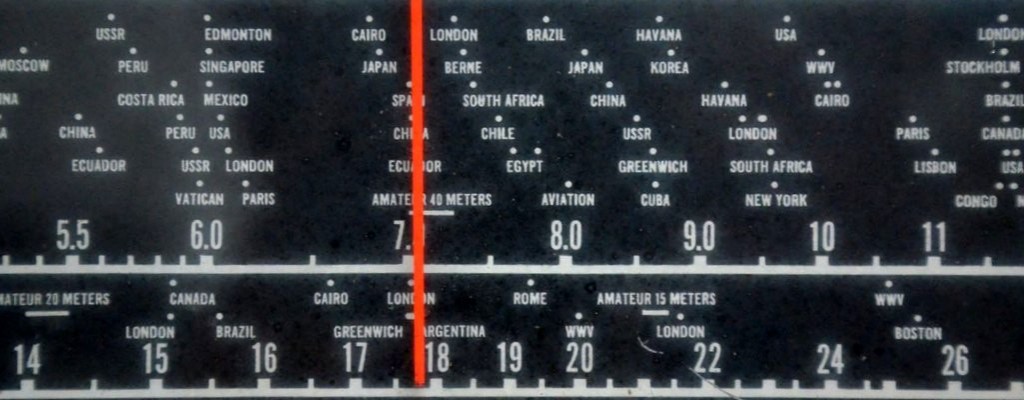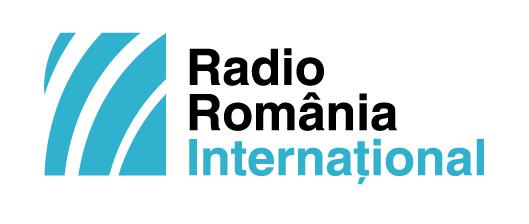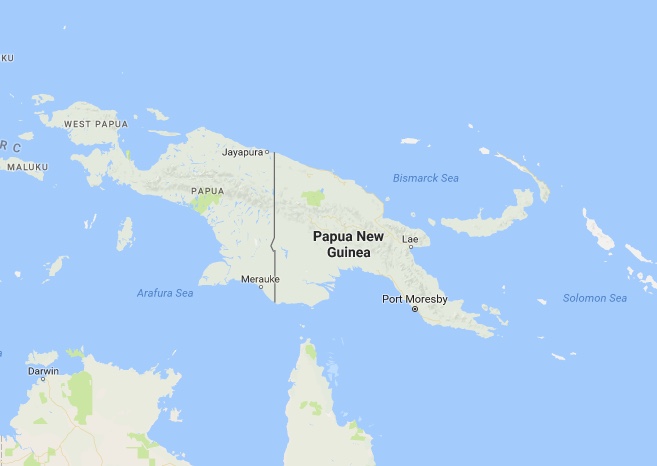(Source: WRMI via Facebook)
Dear Friends and Colleagues:
December 1, 2017 will mark the 4th anniversary of WRMI’s broadcasts from the Okeechobee, Florida transmission site. We broadcast from a site in Hialeah, Florida for 20 years prior to that.
To celebrate our 4th anniversary in Okeechobee, we cordially invite you to join us for an Open House/Christmas/Anniversary Party on Friday, December 1 from 10:30 am till 6:00 pm. Stop in anytime for a tour of the plant, where you can see our 14 transmitters (most of them 100,000 watts each) and 23 antennas beaming religious, political and cultural programs in many languages 200 hours a day, seven days a week to virtually all parts of the world. WRMI is the largest shortwave radio station in the Western Hemisphere. You can meet members of our staff and clients who broadcast programs on the station. And there will be plenty of food and drink, so please arrive hungry!
WRMI is very pleased to have been part of the Okeechobee community for four years now, and we look forward to being here for many years to come. Our address is below, and your GPS should be able to find it with no problem. We’re located 15 miles north of the city of Okeechobee via Highway 441, and then seven miles west on NW 240th Street. You can’t miss the 68 antenna towers on the south side of the road. If you get lost or have any questions, feel free to call or e-mail us. I hope to see you on December 1st.
Jeff White, General Manager
WRMI Radio Miami International, 10400 NW 240th Street, Okeechobee, Florida 34972 USA
Tel +1-305-559-9764 Fax +1-863-467-0185 E-mail: [email protected]Queridos amigos y colegas:
El 1 de diciembre de 2017 será el cuarto aniversario de las transmisiones de WRMI desde el sitio de transmisión de Okeechobee, Florida. Anteriormente, transmitimos desde un sitio en Hialeah, Florida durante 20 años.
Para celebrar nuestro 4to. Aniversario en Okeechobee, lo invitamos cordialmente a que se una a nosotros para una Fiesta de Casa Abierta / Navidad / Aniversario el viernes 1 de diciembre de 10:30 a.m. a 6:00 p.m. Puede visitar en cualquier momento para un recorrido por la planta, donde se pueden ver nuestros 14 transmisores (la mayoría de ellos 100.000 vatios cada uno) y 23 antenas radiando programas religiosos, políticos y culturales en varios idiomas 200 horas al día, siete días a la semana para prácticamente todas partes del mundo. WRMI es la emisora de onda corta mas grande del Hemisferio Occidental. También puede conocer a miembros de nuestro personal y clientes que transmiten programas en la estación. Y habrá mucha comida y bebida, así que ¡por favor llegue con hambre!
WRMI está muy contento de haber sido parte de la comunidad de Okeechobee durante cuatro años, y esperamos estar aquí por muchos años más. Nuestra dirección está arriba, y su GPS debería poder encontrarla sin problema. Estamos ubicados a 15 millas al norte de la ciudad de Okeechobee a través de la autopista 441, y luego a siete millas al oeste en la calle 240 del noroeste. No se pueden perder las 68 torres de antena en el lado sur de la carretera. Si se pierde o tiene alguna pregunta, no dude en llamarnos o enviarnos un correo electrónico.
Espero verle el 1 de diciembre.
Jeff White, Gerente General, WRMI Radio Miami International

